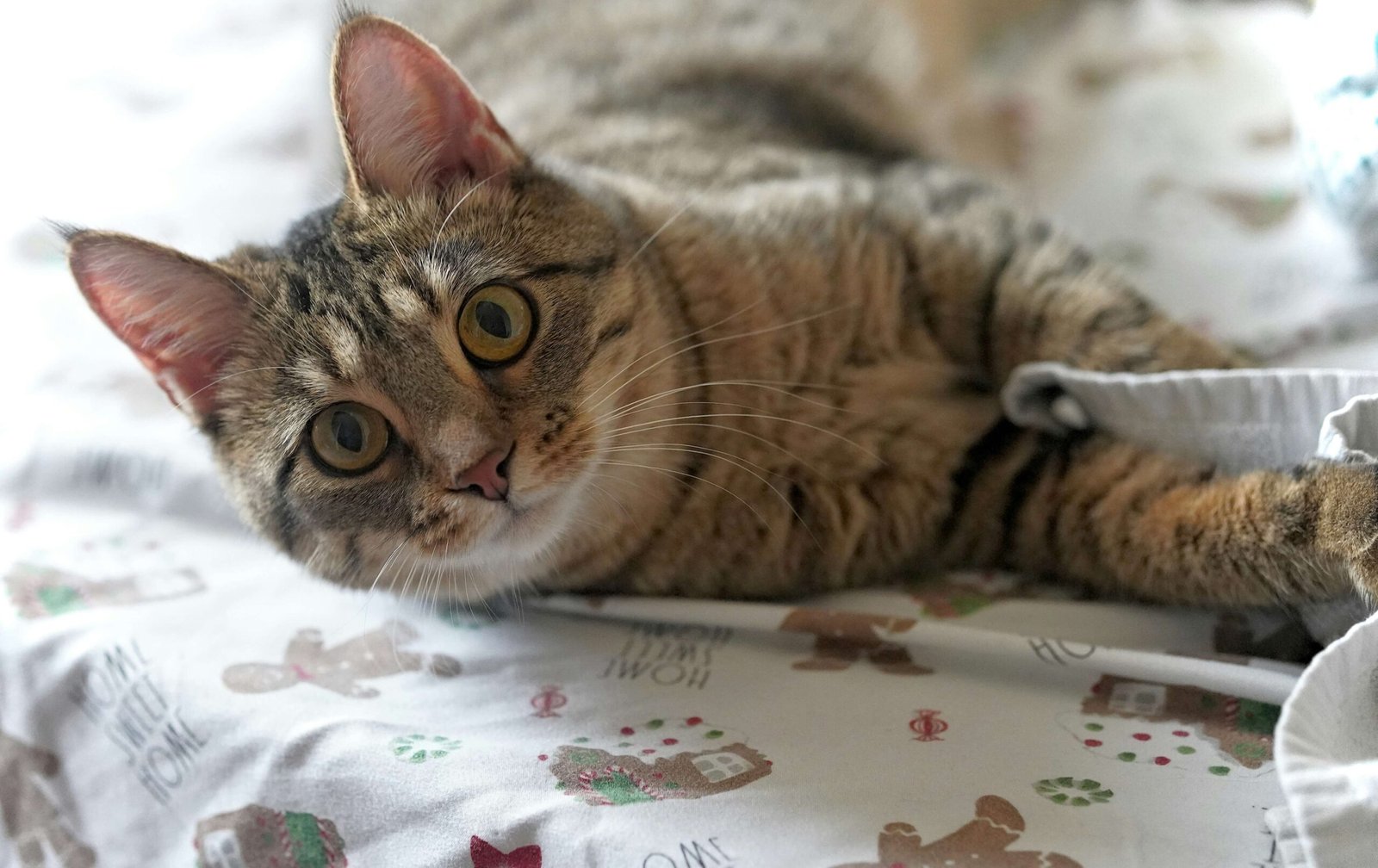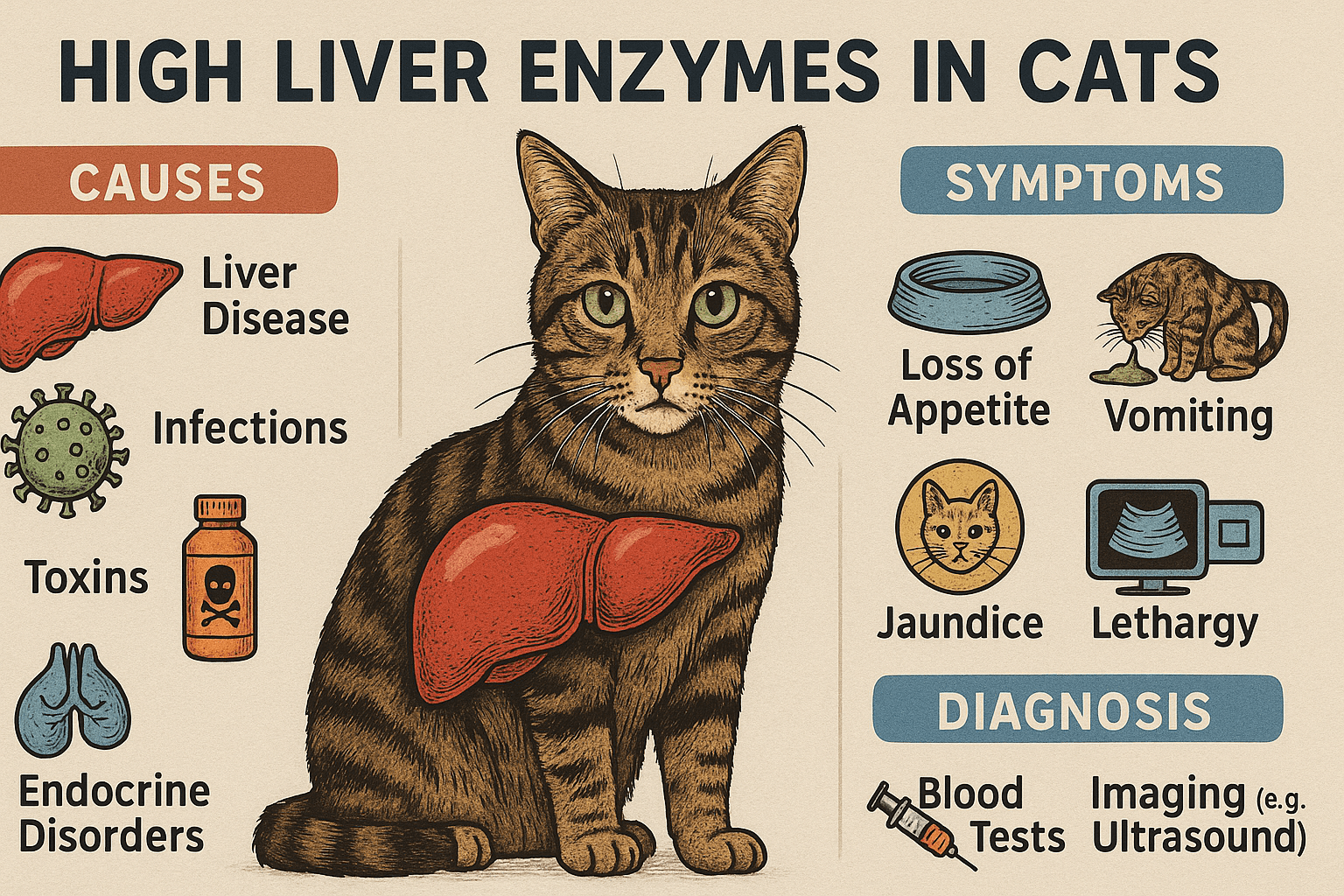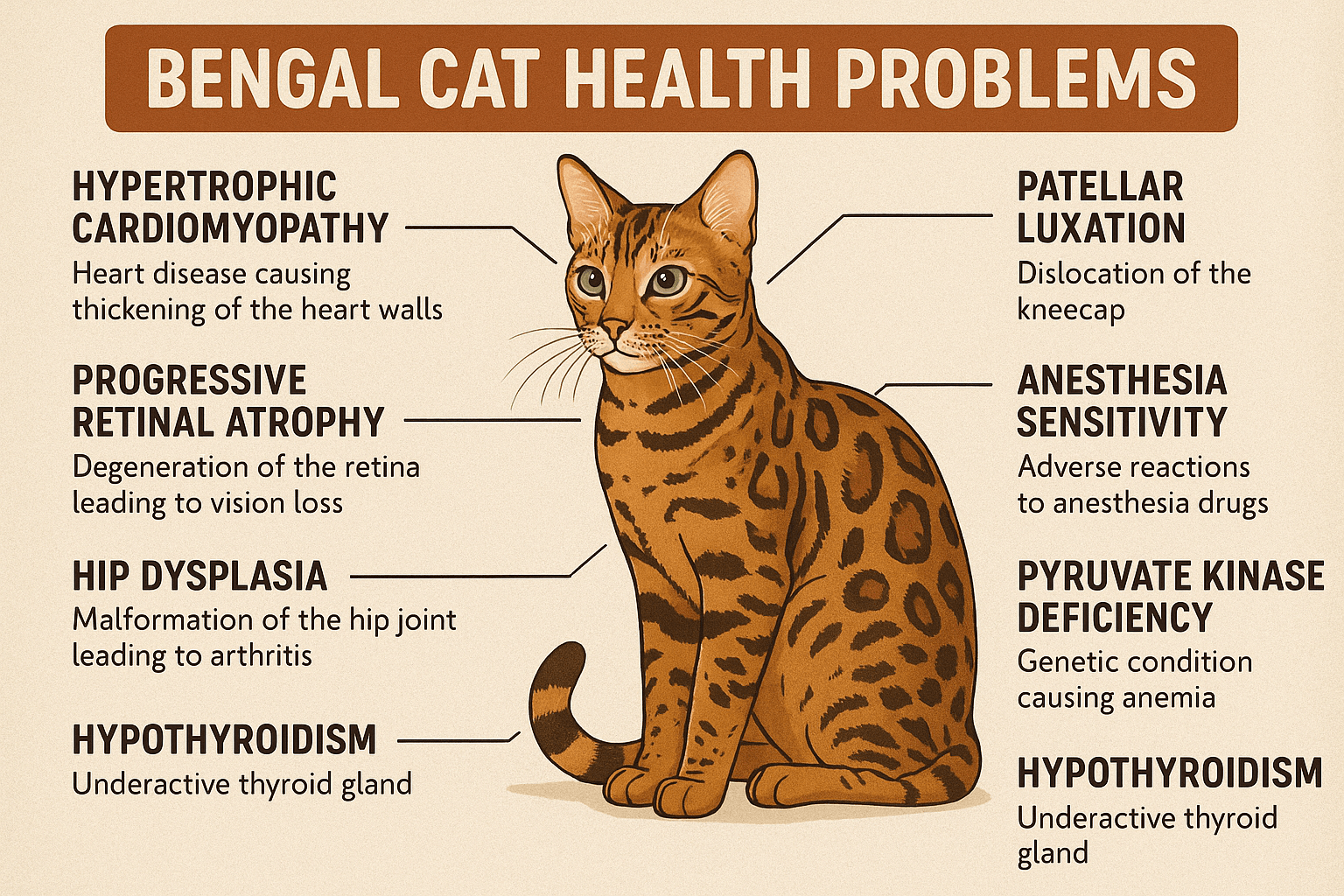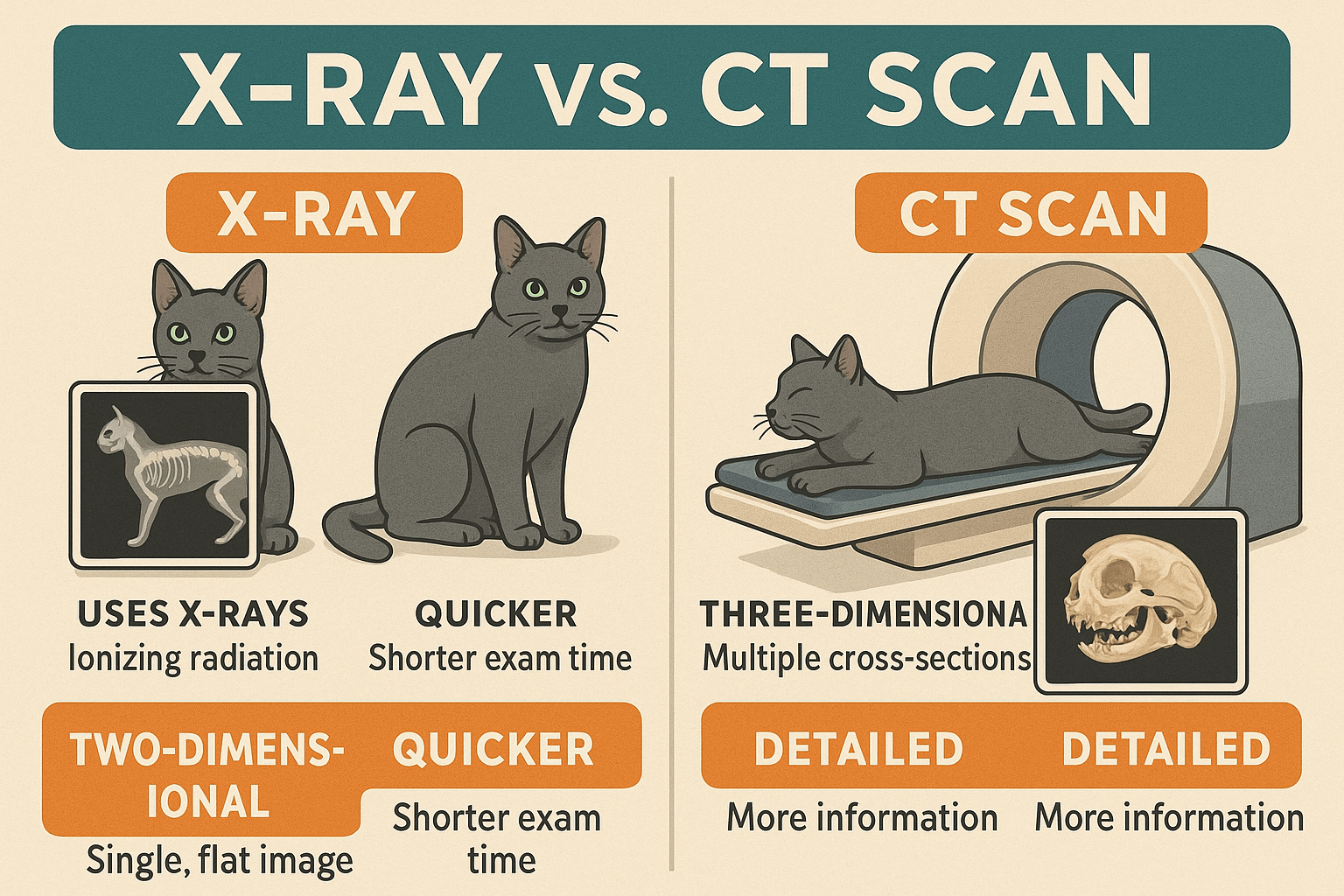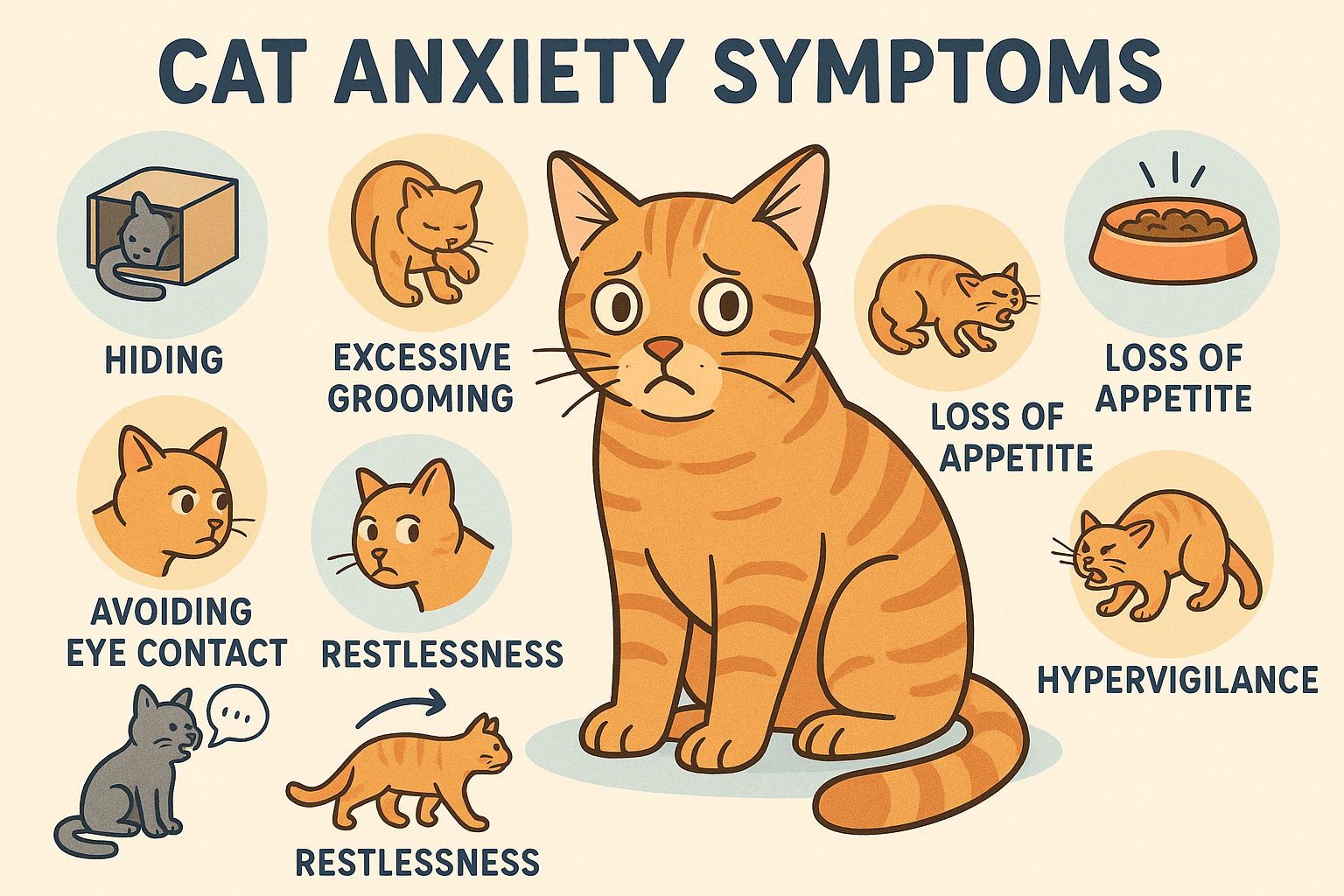What Is the Best Antibiotic for Cat Bites? A Comprehensive Guide
Cat bites may seem minor at first glance, but they can quickly escalate into serious infections if not treated promptly and properly. The sharp teeth of cats can penetrate deep into the skin, introducing bacteria that thrive in warm, moist environments. Understanding the best course of action—including the use of antibiotics—is crucial for preventing complications like abscesses or systemic infections.
In this blog post, we’ll explore what makes cat bites particularly dangerous, which antibiotics are commonly recommended, and how to ensure proper wound care. Whether you’ve recently been bitten or simply want to be prepared, this guide will equip you with the knowledge you need to stay safe.
Why Cat Bites Are More Dangerous Than You Think
While dog bites often get more attention due to their size and severity, cat bites pose unique risks that shouldn’t be underestimated. Here’s why cat bites require special care and why antibiotics are frequently prescribed.
Deep Puncture Wounds :
Cats’ needle-like teeth can create small punctures that are difficult to clean thoroughly, allowing bacteria to fester beneath the skin.High Risk of Infection :
Up to 80% of cat bites become infected if left untreated, as bacteria like Pasteurella multocida are commonly present in a cat’s mouth.Delayed Symptoms :
Infections from cat bites may take hours or even days to manifest, making early treatment essential to prevent worsening conditions.Potential for Serious Complications :
Untreated infections can lead to cellulitis, sepsis, or even hospitalization in severe cases.Bacteria Diversity :
A cat’s mouth contains a variety of bacteria, including anaerobic species that thrive without oxygen, complicating the healing process.
The combination of these factors highlights why professional medical evaluation is critical after a cat bite. Always err on the side of caution and seek advice from a healthcare provider.
Why Cat Bites Are More Dangerous Than You Think
While dog bites often get more attention due to their size and severity, cat bites pose unique risks that shouldn’t be underestimated. Here’s why cat bites require special care and why antibiotics are frequently prescribed.
Deep Puncture Wounds :
Cats’ needle-like teeth can create small punctures that are difficult to clean thoroughly, allowing bacteria to fester beneath the skin.High Risk of Infection :
Up to 80% of cat bites become infected if left untreated, as bacteria like Pasteurella multocida are commonly present in a cat’s mouth.Delayed Symptoms :
Infections from cat bites may take hours or even days to manifest, making early treatment essential to prevent worsening conditions.Potential for Serious Complications :
Untreated infections can lead to cellulitis, sepsis, or even hospitalization in severe cases.Bacteria Diversity :
A cat’s mouth contains a variety of bacteria, including anaerobic species that thrive without oxygen, complicating the healing process.
The combination of these factors highlights why professional medical evaluation is critical after a cat bite. Always err on the side of caution and seek advice from a healthcare provider.
Check this guide 👉Understanding Cat Antibiotics: Best 7 Expert Tips!
Check this guide 👉Cat Wound Treatment: Best 7 Health Tips!
Check this guide 👉Cat Antibiotics Without Veterinary Guidance: Best 7 Tips!

Antibiotics Commonly Used for Cat Bites | Key Considerations When Using Them |
|---|---|
Amoxicillin-Clavulanate (Augmentin) | First-line treatment; covers multiple bacteria types |
Doxycycline | Suitable for penicillin allergies; avoid during pregnancy |
Clindamycin | Effective against anaerobic bacteria; monitor for gastrointestinal side effects |
Cephalexin | Safe alternative for penicillin-sensitive patients; requires full course completion |
Trimethoprim-Sulfamethoxazole (Bactrim) | Reserved for resistant cases; avoid in patients with sulfa allergies |
Steps to Properly Clean and Treat a Cat Bite
Proper wound care is just as important as antibiotics in preventing infection from a cat bite. Follow these steps to minimize the risk of complications and promote faster healing.
Wash the Wound Immediately :
Rinse the bite thoroughly with warm water and mild soap to remove surface bacteria.Apply Pressure to Stop Bleeding :
Use a clean cloth or gauze to apply gentle pressure until the bleeding subsides.Disinfect the Area :
After washing, apply an antiseptic solution like hydrogen peroxide or iodine to further reduce bacterial load.Cover the Wound :
Use a sterile bandage to protect the bite from additional contamination and keep it clean.Monitor for Signs of Infection :
Watch for redness, swelling, pus, or increasing pain, which could indicate an infection requiring medical attention.
Taking these steps promptly can significantly reduce the likelihood of complications and support the effectiveness of any prescribed antibiotics.
Preventive Measures to Avoid Cat Bites
Prevention is always better than cure, especially when it comes to cat bites. By understanding feline behavior and taking precautions, you can minimize the risk of being bitten.
Learn Feline Body Language :
Recognizing signs of fear or aggression, such as flattened ears or hissing, can help you avoid situations where a bite is likely.Avoid Rough Play :
Refrain from using your hands or feet during playtime, as this encourages biting and scratching behaviors.Handle Cats Gently :
Approach and handle cats calmly, giving them time to adjust to your presence before attempting physical contact.Supervise Children Around Cats :
Teach children how to interact safely with cats and supervise interactions to prevent accidental bites.Spay or Neuter Your Cat :
Altered cats tend to exhibit less aggressive behavior, reducing the likelihood of biting incidents.
By implementing these preventive strategies, you can foster a safer environment for both yourself and your feline companions.
Signs That a Cat Bite May Be Infected
Even with proper initial care, cat bites can sometimes become infected. Recognizing the warning signs early is crucial for preventing more serious complications. Here are some symptoms to watch out for:
Redness and Swelling :
Increased redness or swelling around the bite area could indicate an infection brewing beneath the skin.Pus or Discharge :
The presence of yellowish, greenish, or foul-smelling discharge is a strong sign of bacterial infection.Warmth Around the Wound :
If the area feels unusually warm to the touch, it may suggest inflammation caused by an infection.Fever or Chills :
A fever or chills in conjunction with a cat bite could signal that the infection has spread systemically.Persistent Pain :
Pain that worsens instead of improving over time is often a red flag for underlying issues.
If you notice any of these symptoms, seek medical attention immediately to prevent further complications. Early intervention can make all the difference in recovery.
When to Seek Emergency Medical Care for a Cat Bite
While many cat bites can be managed with outpatient care, certain situations require immediate emergency attention. Knowing when to escalate your response can save you from severe health risks.
Difficulty Breathing or Swelling of the Face :
These symptoms could indicate an allergic reaction or anaphylaxis, which requires urgent treatment.Signs of Sepsis :
High fever, rapid heart rate, confusion, or extreme fatigue may point to sepsis, a life-threatening condition.Deep Puncture Wounds :
Bites that penetrate deeply into joints, tendons, or bones should always be evaluated in an emergency setting.Bites on Sensitive Areas :
Bites on the face, hands, or near major blood vessels need special attention due to their higher risk of complications.Unvaccinated or Stray Cats :
If the biting cat’s vaccination status is unknown, rabies exposure must be ruled out as soon as possible.
In these scenarios, don’t delay—head to the nearest emergency room or urgent care facility for prompt evaluation and treatment.
Alternative Remedies and Complementary Care for Cat Bites
While antibiotics remain the cornerstone of treating cat bites, some complementary remedies can support healing and reduce discomfort. However, these should never replace professional medical care. Here are a few options to consider:
Warm Compresses :
Applying a clean, warm compress to the bite can help reduce swelling and promote drainage if an abscess forms.Turmeric Paste :
Known for its natural antibacterial properties, turmeric mixed with water can be applied topically to aid healing (after consulting your doctor).Aloe Vera Gel :
Pure aloe vera gel can soothe irritated skin and provide a protective barrier against further irritation.Probiotics :
Taking probiotics alongside antibiotics may help maintain gut health and minimize side effects like diarrhea.Elevating the Affected Area :
Keeping the bitten area elevated can reduce swelling and improve circulation, aiding the healing process.
While these remedies can complement traditional treatments, they should only be used under the guidance of a healthcare provider. Always prioritize evidence-based care for optimal outcomes.
Frequently Asked Questions About Treating Cat Bites
Can I treat a cat bite at home without antibiotics?
While initial cleaning is important, cat bites often require antibiotics due to the high risk of infection. Always consult a healthcare provider.
How long does it take for a cat bite to heal?
With proper care and antibiotics, superficial bites typically heal within 7–10 days, but deeper wounds may take longer.
What should I do if my cat bites me and breaks the skin?
Clean the wound immediately, apply antiseptic, cover it, and seek medical advice to determine if antibiotics are necessary.
Are cat bites more dangerous than dog bites?
Yes, cat bites are more likely to cause deep infections due to the bacteria present in their mouths and the nature of their puncture wounds.
Can I get rabies from a cat bite?
Rabies transmission is rare in vaccinated cats, but unvaccinated or stray cats pose a higher risk. Seek medical advice if unsure.
Final Thoughts: Staying Safe and Prepared
In conclusion, cat bites may appear minor but carry significant risks if not addressed properly. Understanding the importance of prompt wound care, appropriate antibiotics, and preventive measures can make all the difference in ensuring a speedy recovery and avoiding complications. Should you ever find yourself dealing with a cat bite, remember to act quickly, clean the wound thoroughly, and consult a healthcare professional for guidance tailored to your situation. By staying informed and proactive, you can enjoy a harmonious relationship with your feline friends while minimizing the risks associated with their occasional nips.
High Liver Enzymes in Cats: Best 7 Expert Tips! Discover causes, symptoms, and treatment options for elevated liver enzymes in cats. Learn how to support your cat’s liver health effectively.
Bengal Cat Health Problems: Best 7 Expert Tips! Discover expert advice on common Bengal cat health issues, preventive care, and tips to keep your feline friend healthy and happy for years to come.
X-Ray vs CT Scan for Cats: Best 7 Expert Tips! Discover key differences, benefits, and expert advice on choosing the right imaging method for your cat’s health needs.
Cat Anxiety Symptoms: Best 7 Expert Tips! Discover signs of feline stress, effective calming strategies, and expert advice to help your cat feel safe, happy, and relaxed at home.

